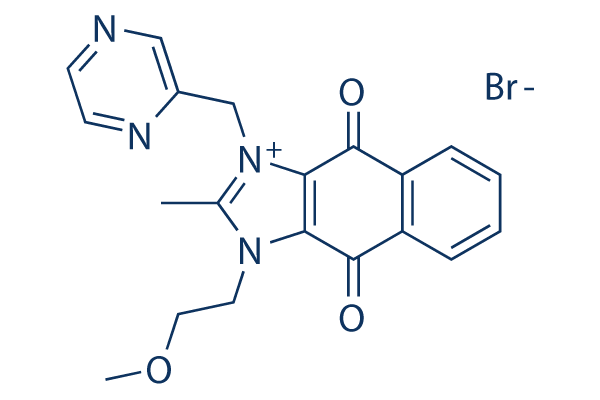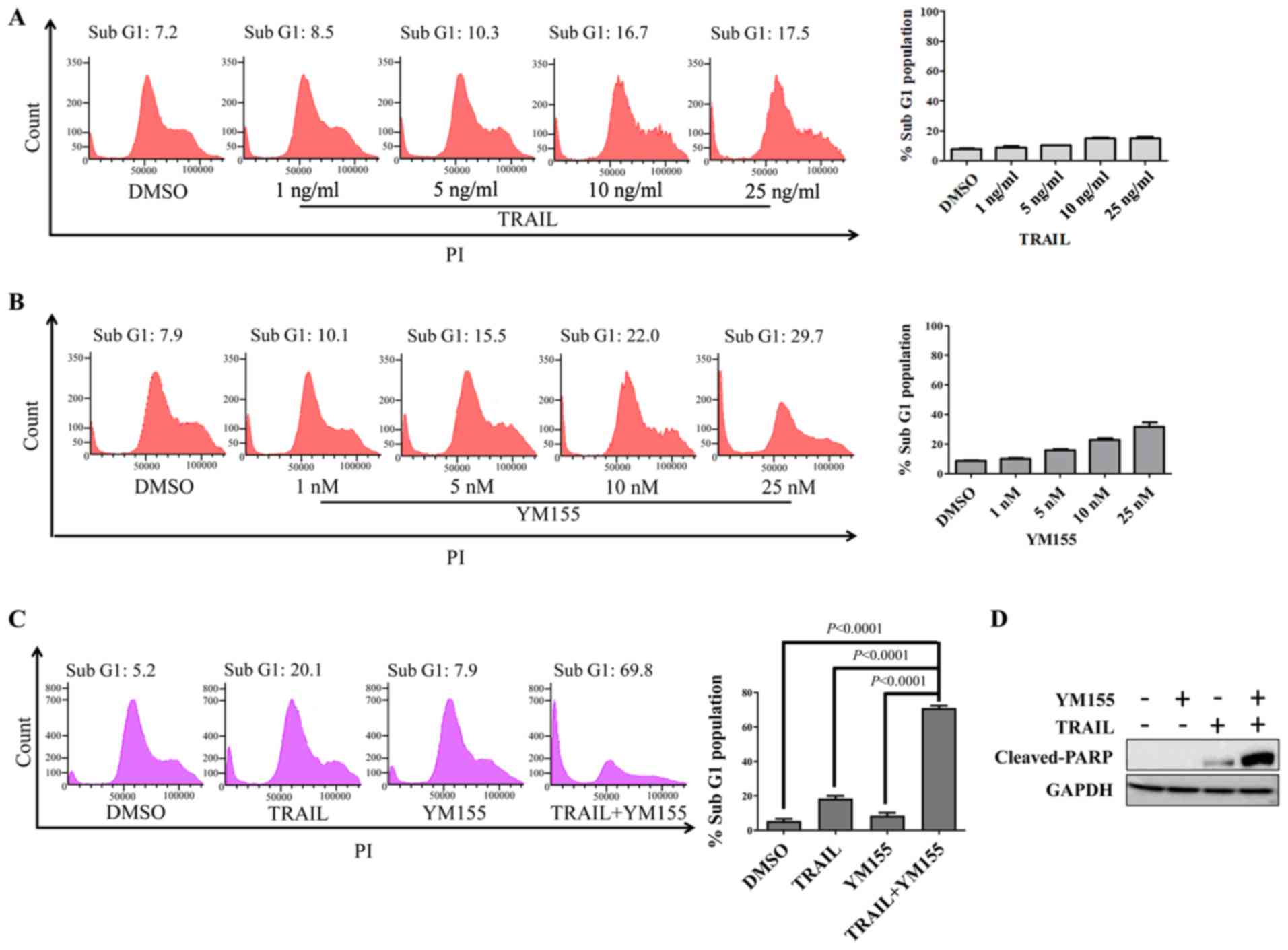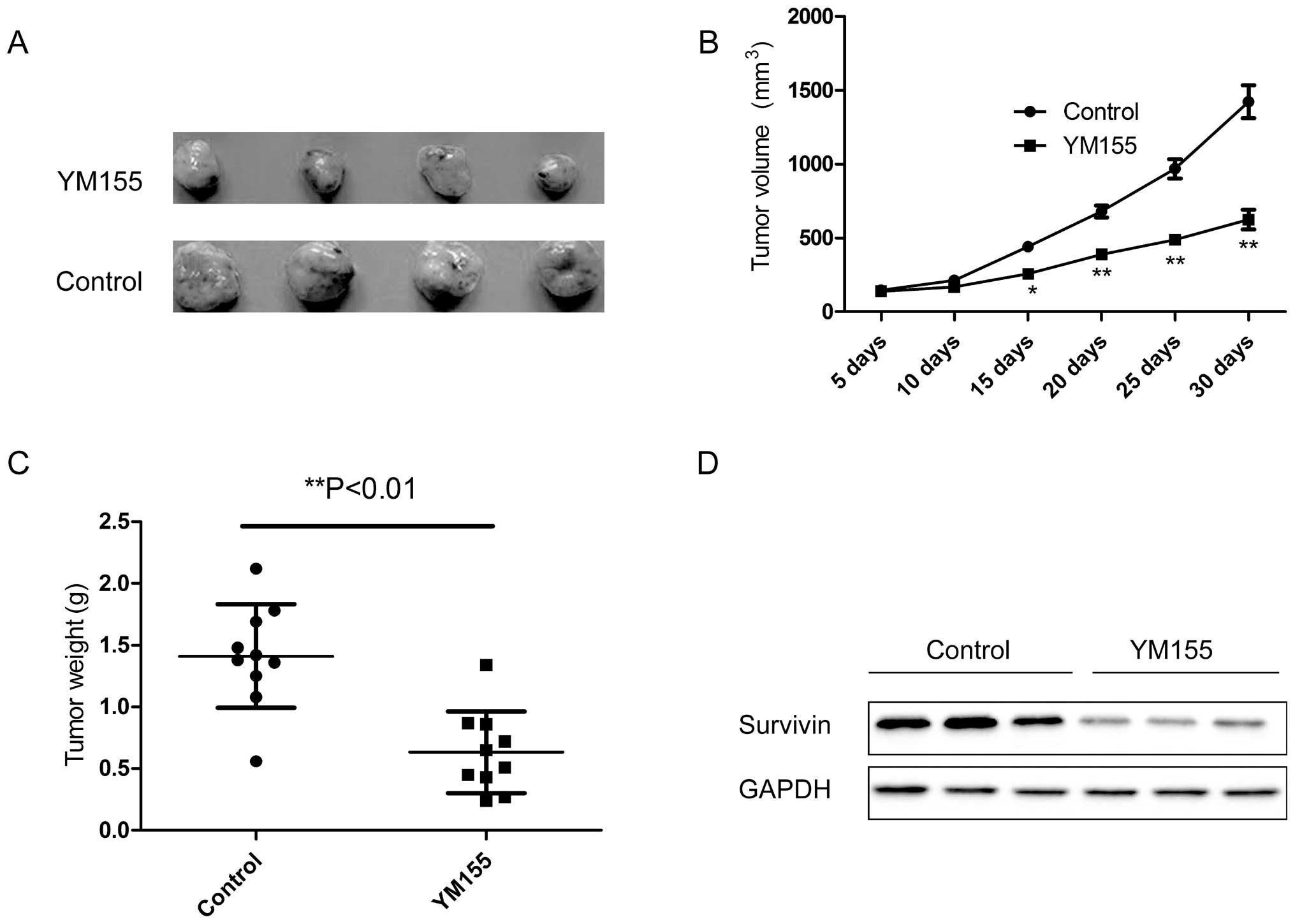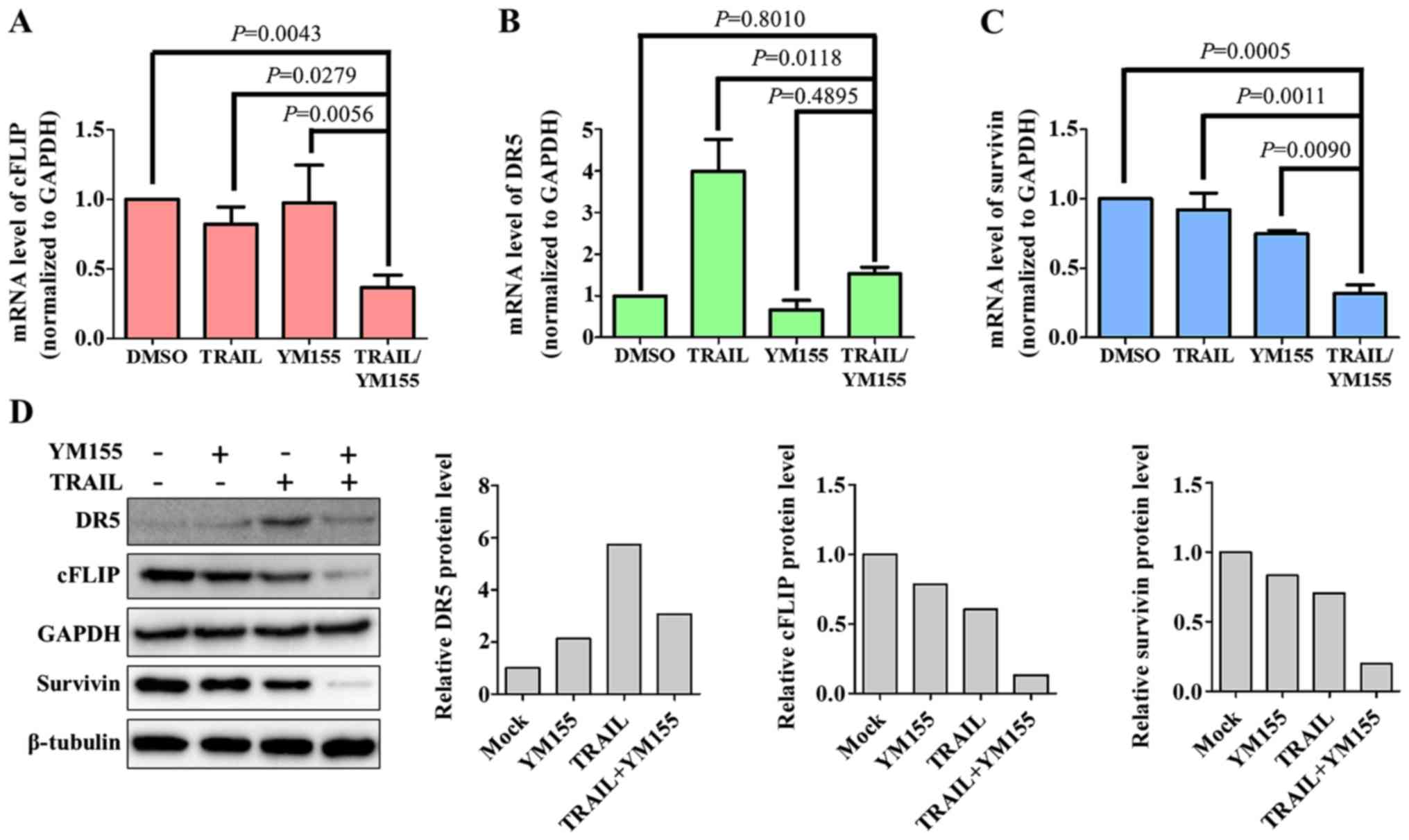
YM155 affects the expression of XIAP as well as survivin in pancreatic... | Download Scientific Diagram
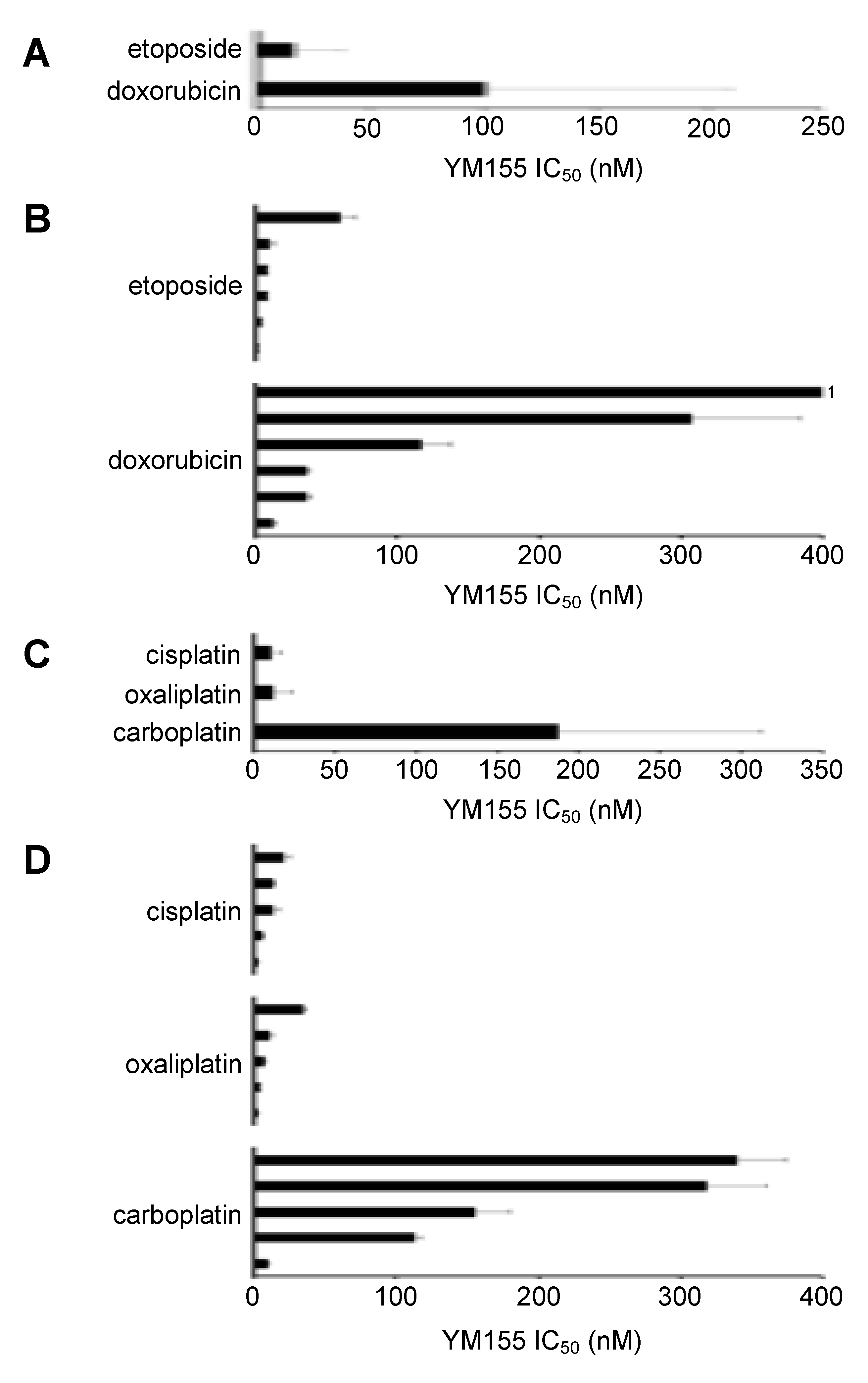
Cancers | Free Full-Text | Testing of the Survivin Suppressant YM155 in a Large Panel of Drug-Resistant Neuroblastoma Cell Lines
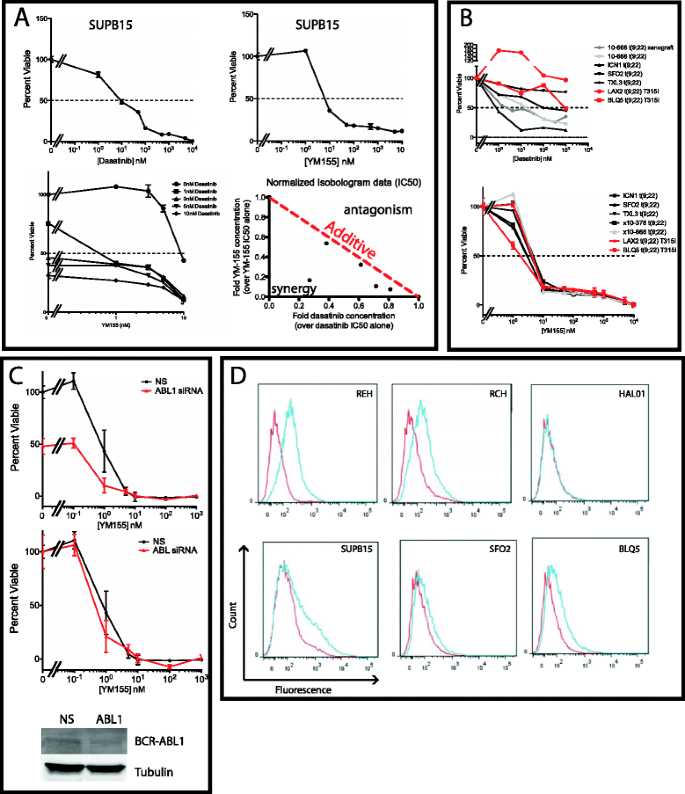
YM155 potently kills acute lymphoblastic leukemia cells through activation of the DNA damage pathway | Journal of Hematology & Oncology | Full Text

Testing of the survivin suppressant YM155 in a large panel of drug-resistant neuroblastoma cell lines | bioRxiv

IJMS | Free Full-Text | Effect of Sepatronium Bromide (YM-155) on DNA Double-Strand Breaks Repair in Cancer Cells | HTML

Early Cellular Responses of Prostate Carcinoma Cells to Sepantronium Bromide (YM155) Involve Suppression of mTORC1 by AMPK | Scientific Reports

A phase 2, multicenter, open‐label study of sepantronium bromide (YM155) plus docetaxel in patients with stage III (unresectable) or stage IV melanoma - Kudchadkar - 2015 - Cancer Medicine - Wiley Online Library
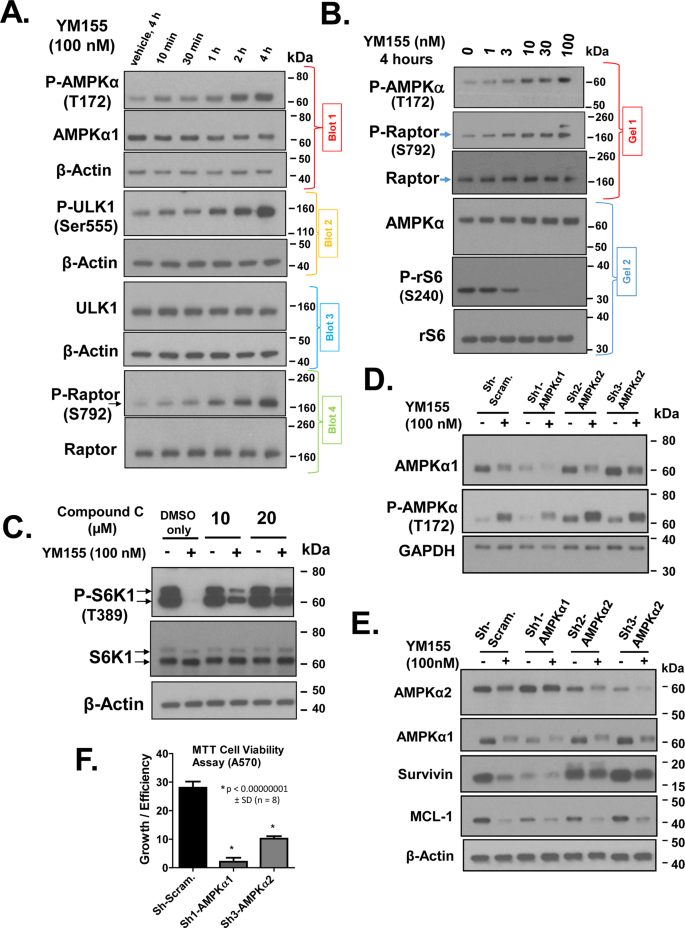
Early Cellular Responses of Prostate Carcinoma Cells to Sepantronium Bromide (YM155) Involve Suppression of mTORC1 by AMPK | Scientific Reports
YM155, a survivin suppressant, triggers PARP-dependent cell death (parthanatos) and inhibits esophageal squamous-cell carcinoma xenografts in mice | Oncotarget
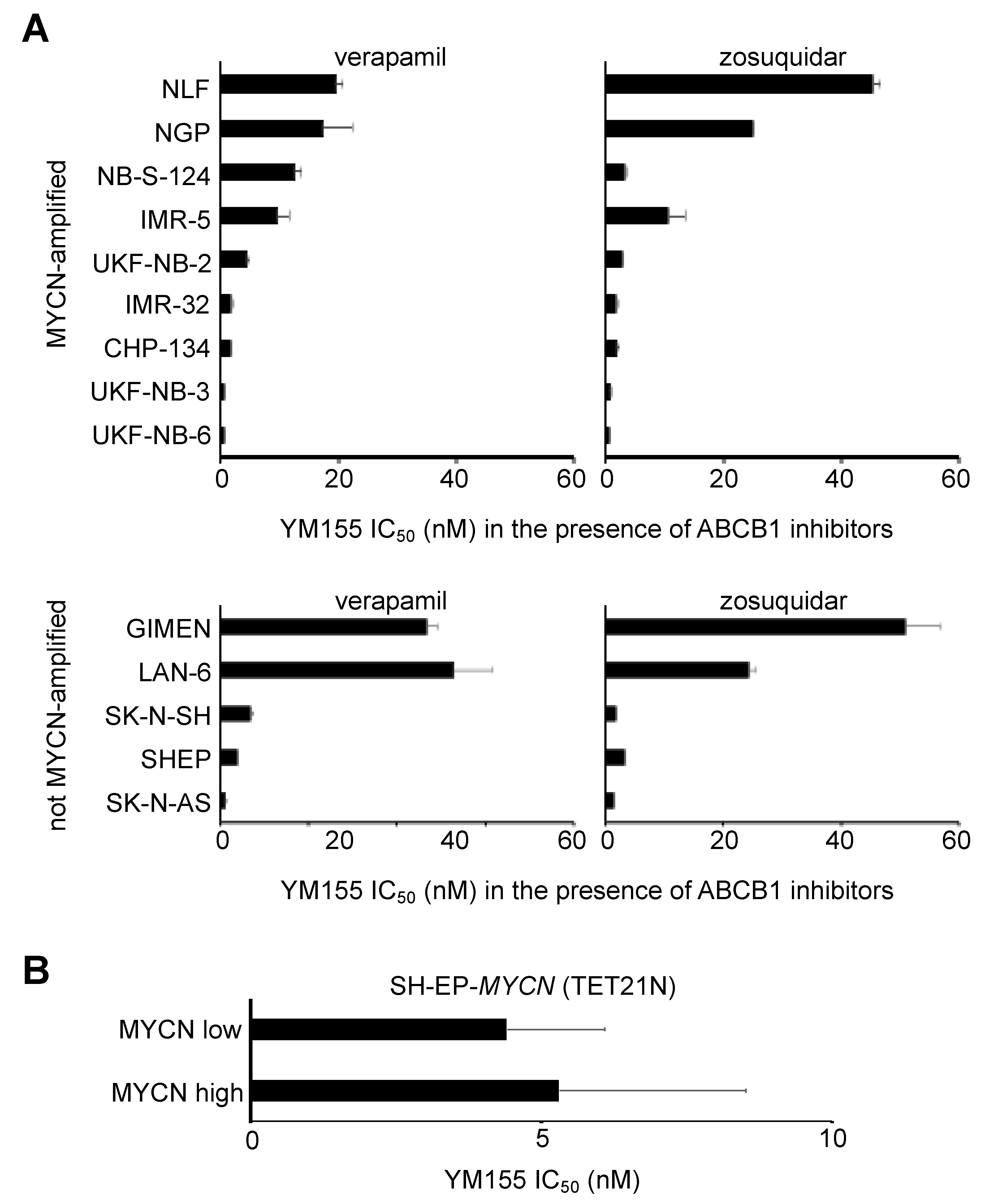
Cancers | Free Full-Text | Testing of the Survivin Suppressant YM155 in a Large Panel of Drug-Resistant Neuroblastoma Cell Lines
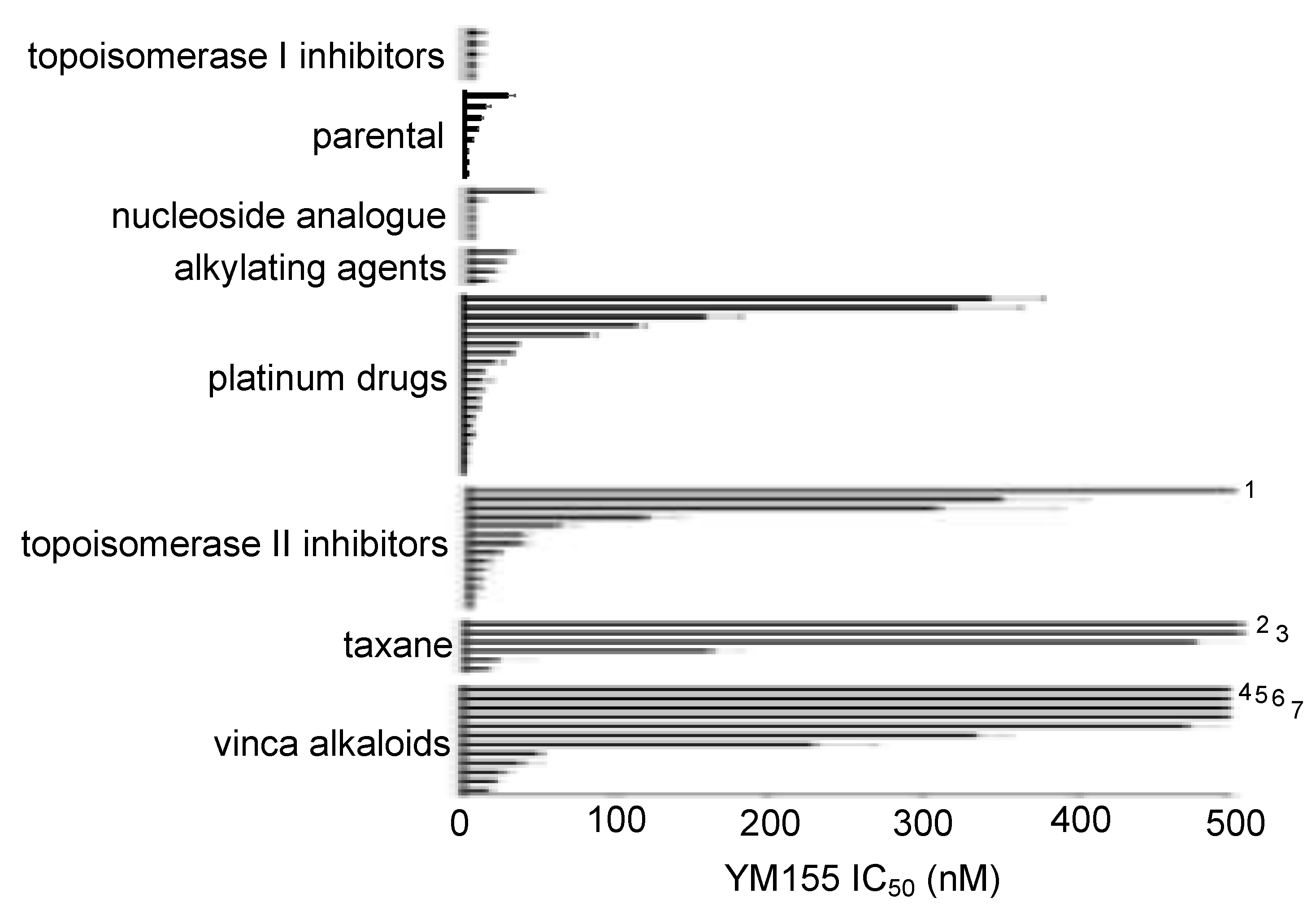
Cancers | Free Full-Text | Testing of the Survivin Suppressant YM155 in a Large Panel of Drug-Resistant Neuroblastoma Cell Lines
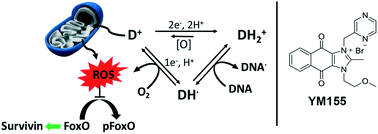
Generation of reactive oxygen species is the primary mode of action and cause of survivin suppression by sepantronium bromide (YM155) - RSC Medicinal Chemistry (RSC Publishing)

YM155 inhibits formation and expansion of gastric cancer spheres. A.... | Download Scientific Diagram
The over-expression of survivin enhances the chemotherapeutic efficacy of YM155 in human hepatocellular carcinoma | Oncotarget

A phase II study of YM155, a novel small-molecule suppressor of survivin, in castration-resistant taxane-pretreated prostate cancer - Annals of Oncology

YM155 and BIRC5 downregulation induce genomic instability via autophagy-mediated ROS production and inhibition in DNA repair - ScienceDirect




